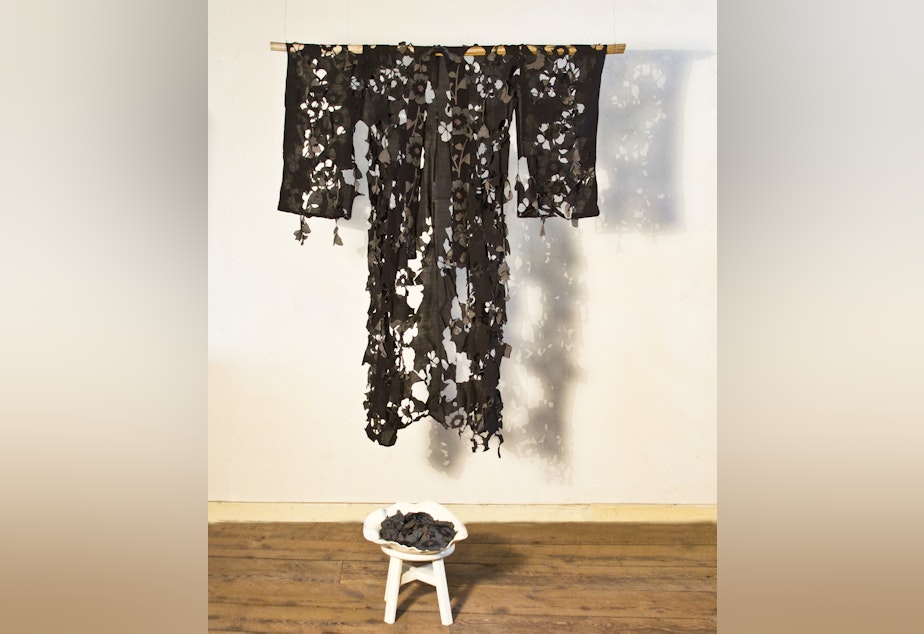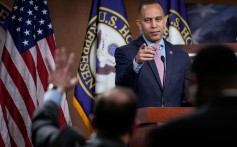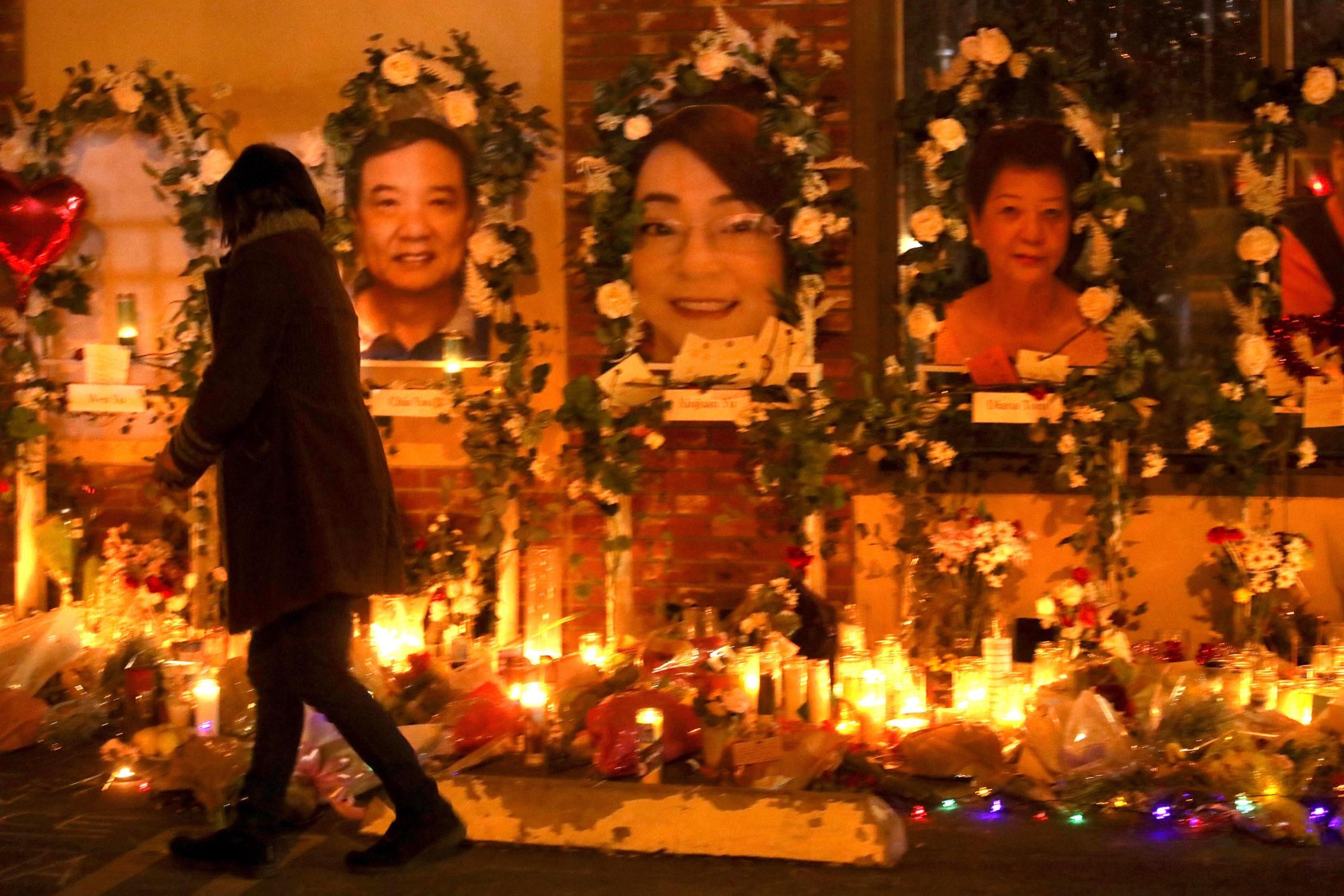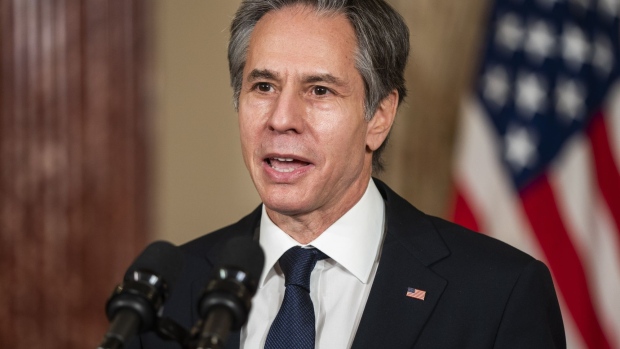
Montana, Wyoming and Idaho want federal protections lifted so they can regain management of grizzly bears and offer hunts to the public.
(Jim Urquhart / Associated Press)
BY MATTHEW BROWN
ASSOCIATED PRESS
BILLINGS, Mont. —
The Biden administration took a first step Friday toward ending federal protections for grizzly bears in the northern Rocky Mountains, which would open the door to hunting in Montana, Wyoming and Idaho.
The U.S. Fish and Wildlife Service said state officials provided “substantial” information that grizzlies have recovered from the threat of extinction in the regions surrounding Yellowstone and Glacier national parks.
But federal officials rejected claims by Idaho that protections should be lifted beyond those areas and raised concerns about new laws from the Republican-led states that could potentially harm grizzly populations.
“We will fully evaluate these and other potential threats,” said Martha Williams, director of the U.S. Fish and Wildlife Service.
Friday’s move kicks off at least a year of study before final decisions are made about the Yellowstone and Glacier regions.
The states want protections lifted so they can regain management of grizzlies and offer hunts to the public. As grizzly populations have expanded, more of the animals have moved into areas occupied by people, creating public safety issues and problems for farmers. State officials have insisted that future hunts would be limited and would not endanger the overall grizzly population.

Long portrayed as a villain, the coyote is gaining a flicker of respect
After grizzlies temporarily lost their protections in the Yellowstone region several years ago, Wyoming and Idaho scheduled hunts that would have allowed fewer than two dozen bears to be killed in the initial season. In Wyoming, almost 1,500 people applied for 12 grizzly bear licenses in 2018 before the hunt was blocked in federal court. About a third of the applicants came from out of the state. Idaho issued just one grizzly license before the hunt was blocked.
Republican lawmakers in the region in recent years also adopted more aggressive policies against gray wolves, including loosened trapping rules that could lead to grizzlies being inadvertently killed.
As many as 50,000 grizzlies once roamed the western half of the U.S. They were exterminated in most of the country early in the last century by over-hunting and trapping, and the last hunts in the northern Rockies occurred decades ago. There are now more than 2,000 bears in the lower 48 states and much larger populations in Alaska, where hunting is allowed.

The species’ expansion in the Glacier and Yellowstone areas has led to conflicts, including periodic bear attacks on livestock and the fatal mauling of humans.
Montana Gov. Greg Gianforte welcomed the administration’s announcement and said it could lead to the state reclaiming management of a species that was placed under federal protection in 1975. He said the grizzly’s recovery “represents a conservation success.”
Montana held grizzly hunts until 1991 under an exemption to the federal protections that allowed 14 bears to be killed each fall.
The federal government in 2017 sought to remove protections for the Yellowstone ecosystem’s grizzlies under former President Trump. The hunts in Wyoming and Idaho were set to begin when a judge restored protections, siding with environmental groups that said delisting wasn’t based on sound science.
Those groups want federal protections kept in place and no hunting allowed so bears can continue to move into new areas.

California used to pay people to hunt mountain lions. Now we spend millions to protect them
“We should not be ready to trust the states,” said attorney Andrea Zaccardi of the Center for Biological Diversity.
Dave Evans, a hunting guide with Wood River Ranch in Meeteetse, Wyo., said the issue is complex, and he can understand why people fall on both sides of the debate.
“You have so many opinions, and some of them are not based on science, but the biologists are the ones that know the facts about what the populations are and what should be considered a goal for each area,” Evans said. “If you’re going to manage grizzly bears, there’s a sustainable number that needs to be kept in balance. I’m not a biologist, but I would follow the science.
U.S. government scientists have said the region’s grizzlies are biologically recovered but in 2021 decided that protections were still needed because of human-caused bear deaths and other pressures. Bears considered to be problematic are regularly killed by wildlife officials.
Demand for hunting licenses would likely be high if the protections are lifted, Evans said.
“You would definitely have a higher demand, and it would probably be very expensive,” Evans said. “A guided bear hunt in Alaska can start around $20,000, so I would imagine it would be very sought-after.”
A decision on the states’ petitions was long overdue. Idaho Gov. Brad Little on Thursday filed notice that he intended to sue over the delay. Idaho’s petition was broader than the one filed by Montana and sought to lift protections nationwide. That would have included small populations of bears in Idaho, Montana and Washington state, where biologists say the animals have not yet recovered to sustainable levels. It also could have prevented the return of bears to the North Cascades and other areas.
In an emailed statement, Little said the decision was “seven months late.” Under the Endangered Species Act, the U.S. Fish and Wildlife Service is supposed to issue a finding within 90 days, to the extent that is practical. That deadline arrived last June, the governor’s office said.
“While we continue to evaluate the decision from USFWS, this is another example of federal overreach and appears to have a disproportionate impact on North Idaho,” Little wrote. He said his office would “continue to push back against the federal government.”
Grizzly bear encounters are rare in northern Idaho, though wildlife managers occasionally warn people to be on the watch. In 2021, Idaho Fish and Game officials estimated that there were 40 to 50 grizzly bears in the northernmost part of the state.
















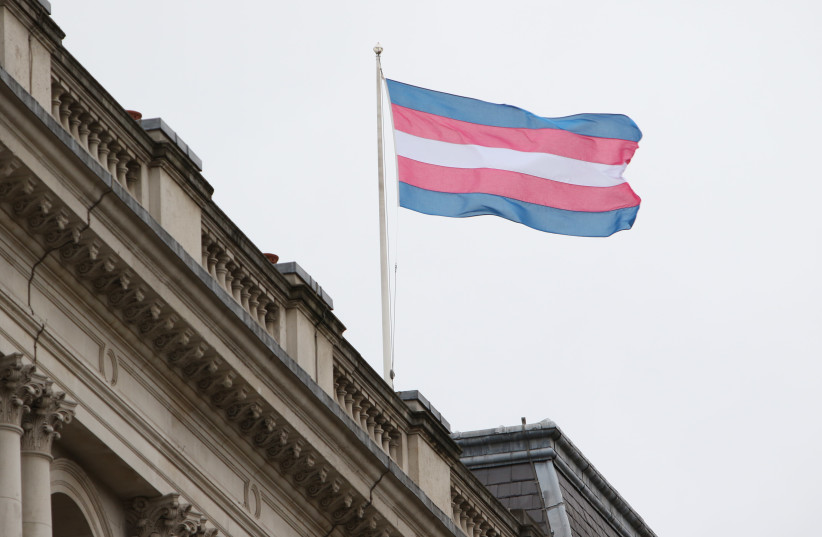
 Walk-in Baths May Be the Newest Trend in Modern BathroomsSponsored by Walk-In Tub | Search Ads
Walk-in Baths May Be the Newest Trend in Modern BathroomsSponsored by Walk-In Tub | Search Ads Improve Poor Sight! Do This immediately!Sponsored by healthyeyes.live
Improve Poor Sight! Do This immediately!Sponsored by healthyeyes.live